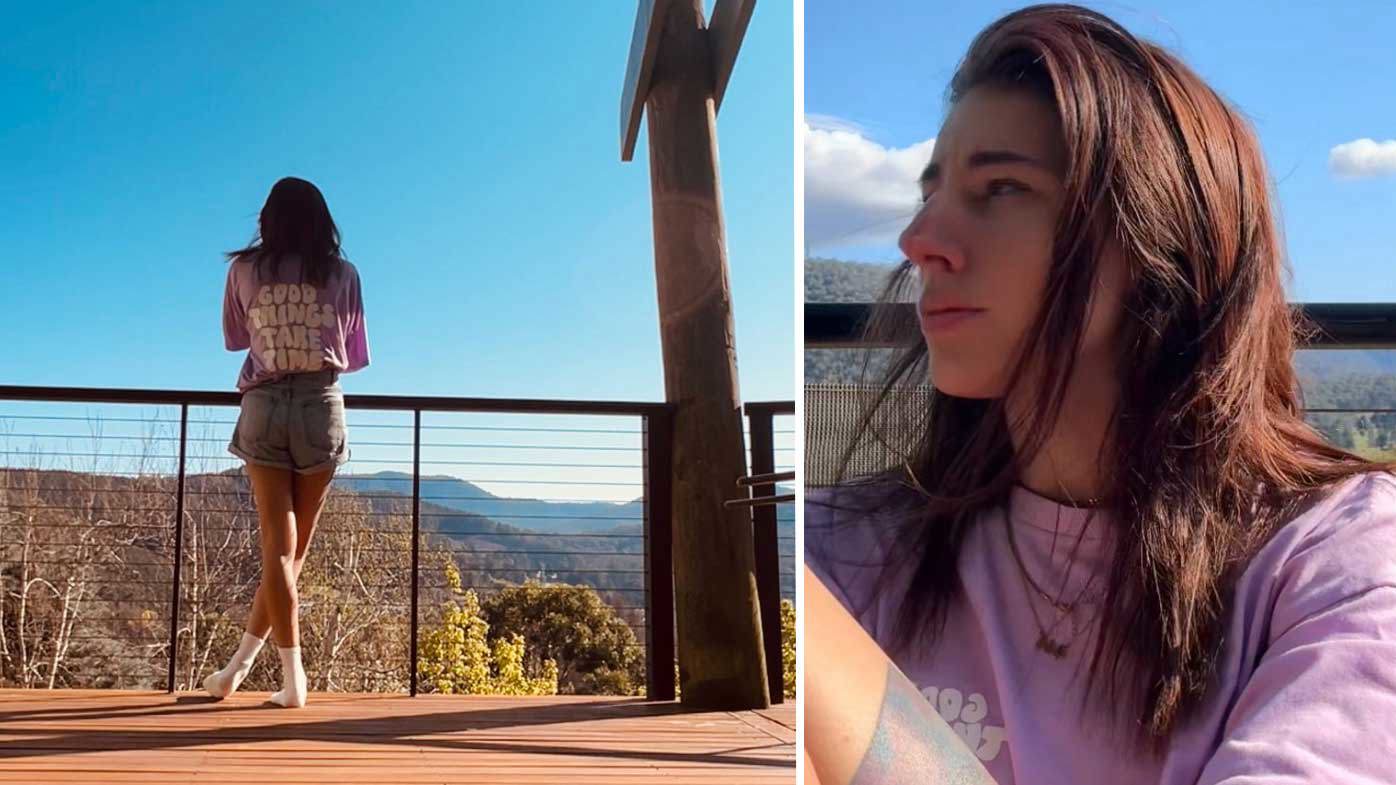A British marketing specialist who has been unable to get permanent residency in Australia despite living here for 12 years has called out the country's "frustrating and unfair" immigration system, saying it feels like she is in a "toxic relationship".
When Mia Mildren moved to Australia on a working holiday visa back in 2012, she only intended to stay for six months, before heading home to England.
That was 12 years ago, when Mildren was 21 years old.
READ MORE: Sixteen missing after tourist yacht sank in high waves on Red Sea

She is now 33 and has spent a third of her life in Australia.
"I just fell in love with the country when I came here," Mildren told 9news.com.au, adding she had done everything in her power to make Australia her permanent home ever since.
Over the years, Mildren has held a succession of temporary visas.
She worked on a farm in North Queensland, and in cafes and bars in Sydney and Melbourne before studying business and marketing at a Victorian university.
"All up, I think I would have spent probably $70,000-$80,000 plus on visas, immigration agents, university, everything; to stay here in Australia and get permanent residency," Mildren said.
But it's a goal that has eluded Mildren, and she remains one of Australia's 2.8 million temporary residents.
This is despite Mildren spending much of her time in Australia on employee-sponsored skilled visas, which have a path to permanent residency after a certain number of years of working for an employer or in the industry.
Bad luck and poor timing had played a big part in her missing out on permanent residency, Mildren said, with multiple redundancies and the pandemic proving to be major setbacks.
Mildren is on her second Temporary Skills Shortage visa, which will expire in November next year.
When that happens, Mildren fears she will not qualify for a new visa because of changes planned by the federal government which will see the Temporary Skills Shortage Visa replaced by a new Skills in Demand visa.
"Due to recent changes in skilled visa requirements, I face the heartbreaking prospect of leaving the country I call home," she said.
The changes, announced at the end of last year by the Department of Home Affairs, put the emphasis on attracting migrants in occupations with skills shortages and reducing the growing number of temporary residents.
The number of temporary residents living in Australia has ballooned over the last decade, but dropped during the pandemic as students and temporary workers were encouraged to go back home.
Federal government figures show a low of 1.64 million temporary residents in June 2021.
Those numbers have steadily increased, reaching a record high of 2.8 million at the end of September this year.
According to the Department of Home Affairs' migration program planning levels, around 185,000 migrants will be offered permanent residency in the 12 months from July 2024 to June 2025, with 70 per cent going to skilled workers.
Under the planned Skills in Demand visa, which is yet to be introduced, there will be three main pathways for temporary visa holders - all leading to permanent residency.
The first pathway is for highly skilled, specialist workers on salaries of more than $135,000 a year.
Then there is a middle pathway for skilled migrants earning above the temporary skilled migration income threshold of $70,000.
The third pathway is for lower-earning workers in critical sectors with staff shortages, such as aged care.
In June, Jobs and Skills Australia (JSA) released its draft core skills occupations list, which will essentially provide the blueprint for which migrants will be granted temporary skilled visas under the new system.
Mildren's occupation of "marketing specialist" landed in a somewhat middle ground.
It was not included on the provisional list of in-demand skills, but nor was it excluded.
Instead, it was listed as "targeted for consultation".
Then, last month, Jobs and Skills Australia released a separate labour market analysis, which changed its previous categorisation of marketing specialists as being in "shortage" to having "no shortage".
Mildren said both of these developments led her to think her days in Australia might now be numbered.
READ MORE: Special counsel Jack Smith drops election subversion case against Donald Trump

The draft core skills list, which is set to be completed later this year before Immigration Minister Andrew Giles signs off on the final document, has raised eyebrows about some of its inclusions and exclusions.
While yoga and martial arts instructors, dog handlers and jewellery designers made the cut, some tradie occupations such as plumbers, roof tilers and bricklayers were only slated for further consideration, prompting scathing criticism from industry bodies such as Master Builders Australia
In a submission by the Grattan Institute during the government's consultation process, authors Brendan Coates and Trent Wiltshire said granting visas only to skilled migrants with specific occupations could make the whole system unnecessarily inflexible.
"Unduly restricting the occupations listed … risks Australia missing out on many talented migrants who cannot be sponsored for a visa because their occupation is not on an occupation list," they wrote.
"Occupation lists should therefore prioritise high-skill, high-wage workers, not occupations deemed to be in shortage."
Mildren said, most of all, Australia needed to give temporary workers like herself, who had contributed to the economy by paying taxes for years, a fair go.
She has started an online Change.org petition calling on the Department of Home Affairs to assess applications on a case-by-case basis.
Mildren said the thought of having to leave Australia after so long was devastating.
"I've given everything to this country," she said.
"It's so hard. I physically don't know where else I belong, because this has been my whole adulthood - it's very much like being in a toxic relationship."
